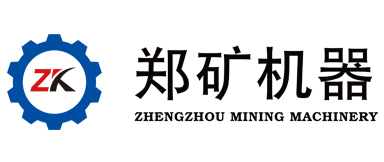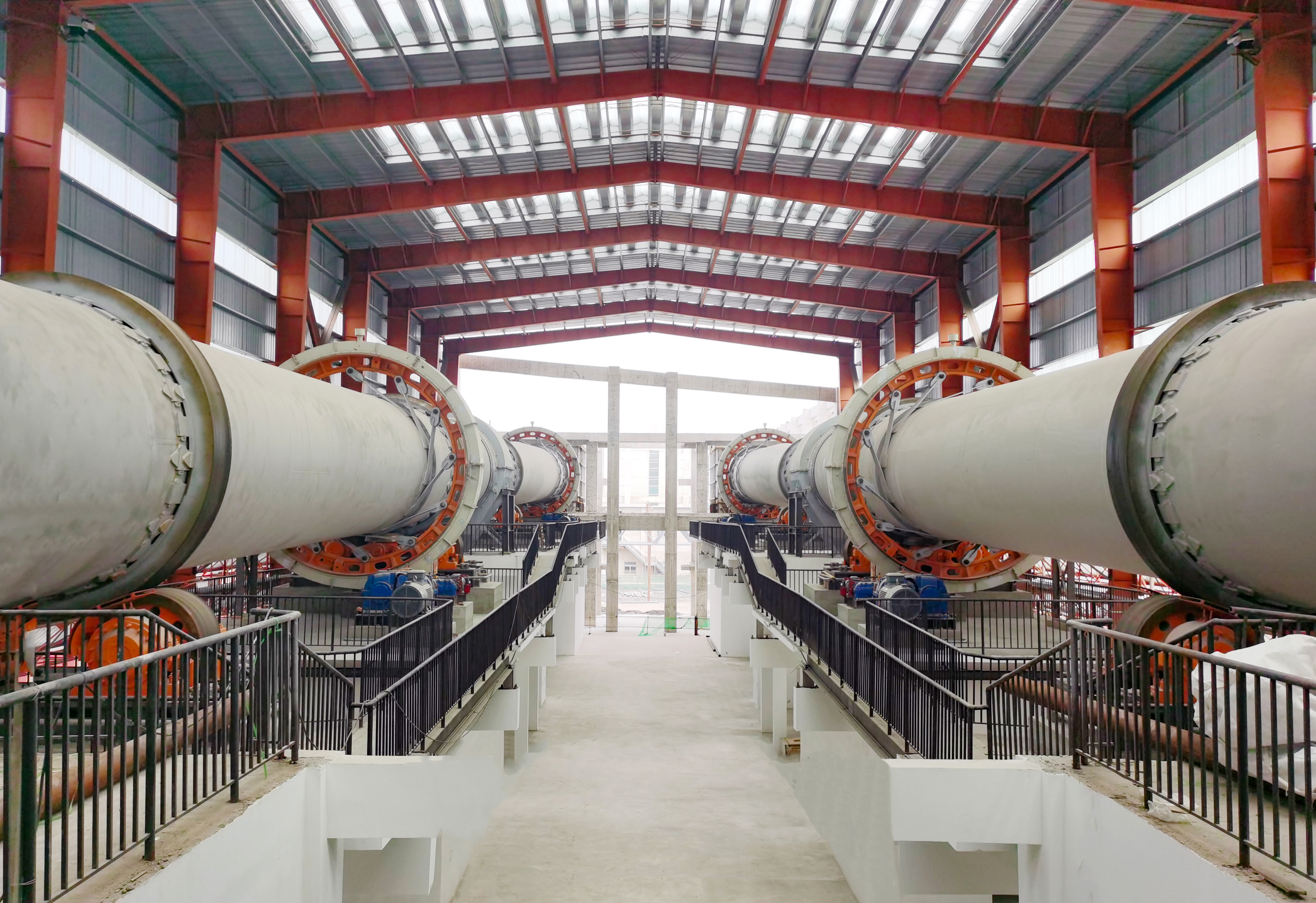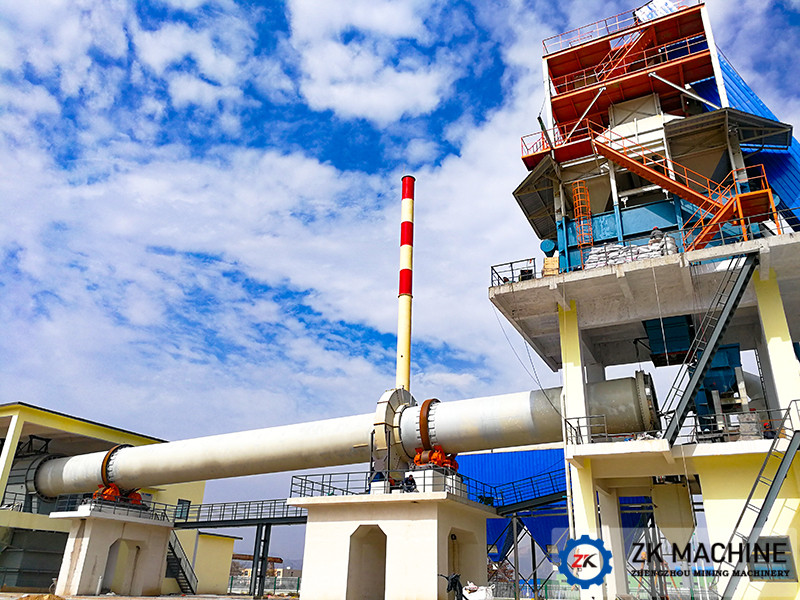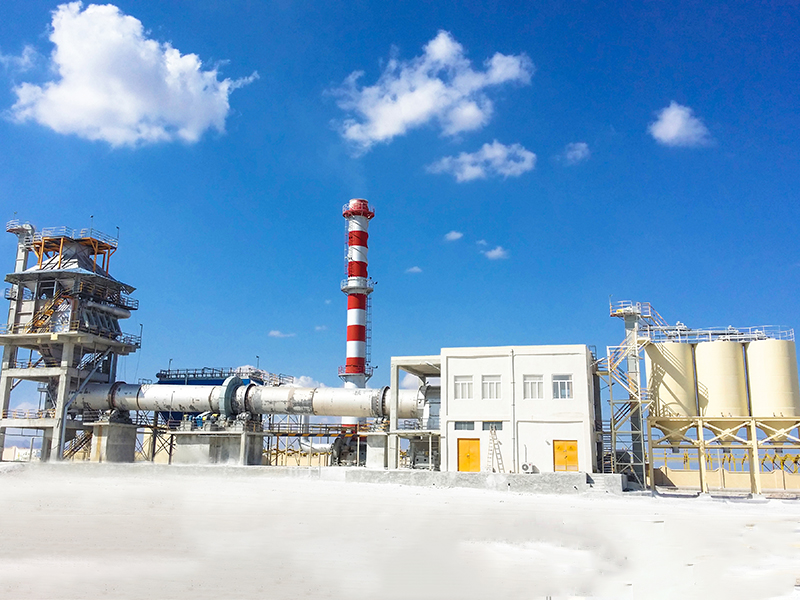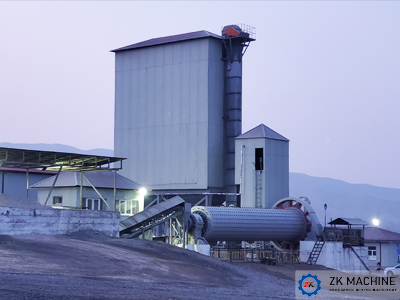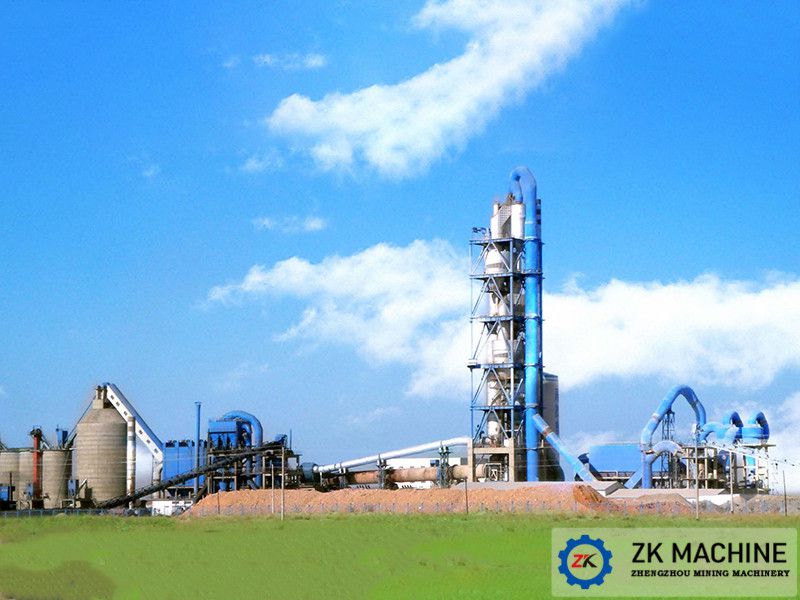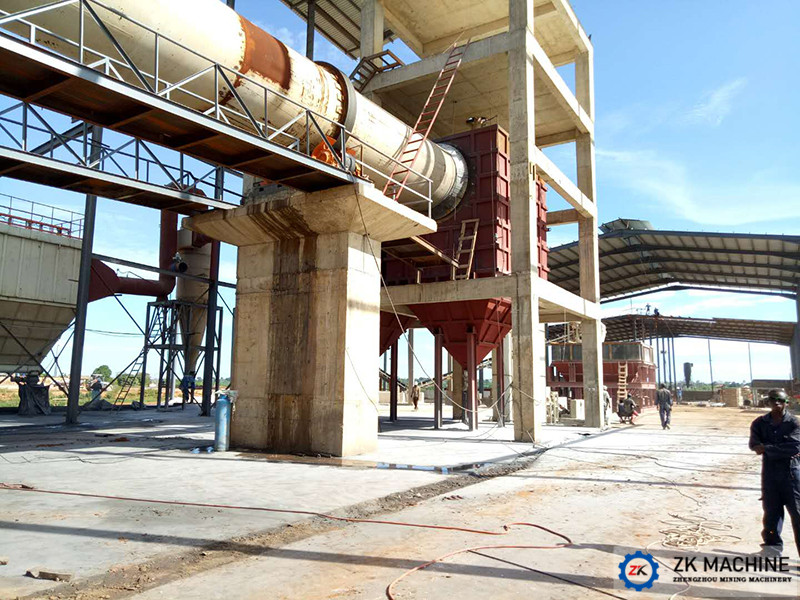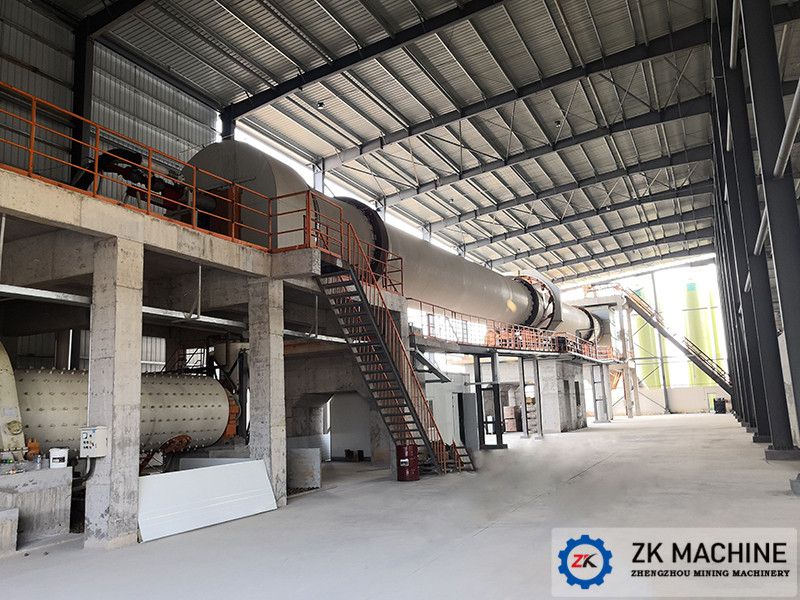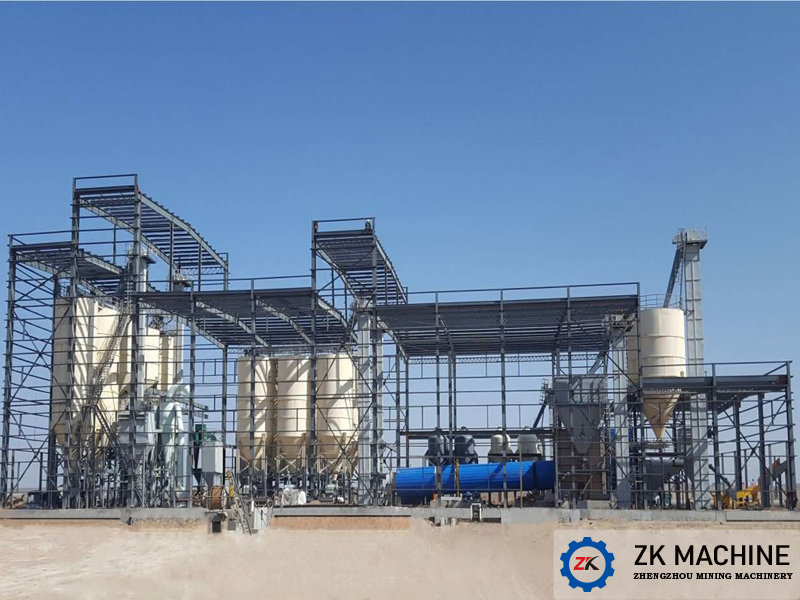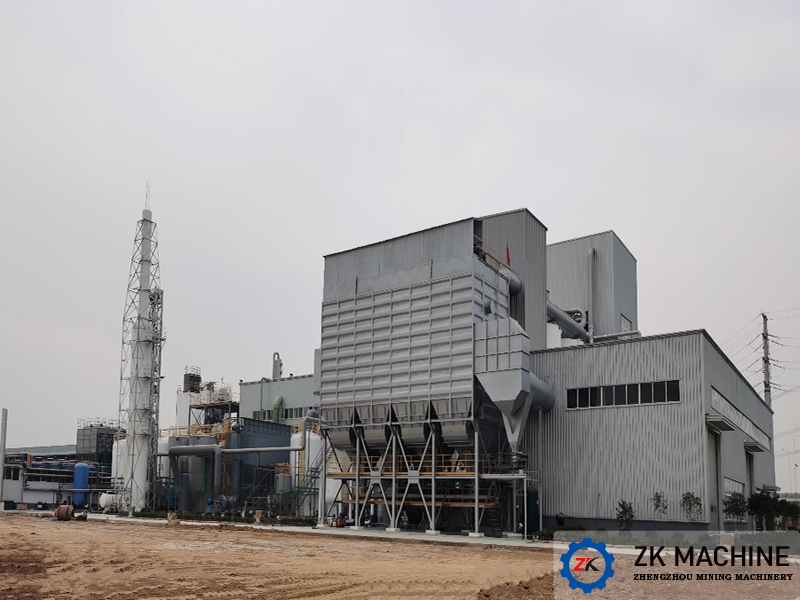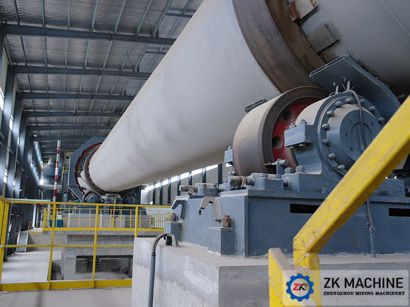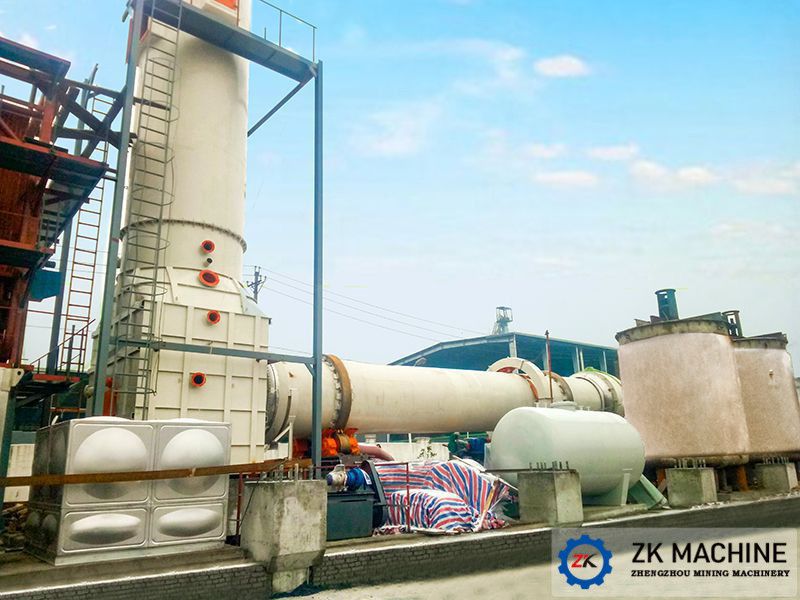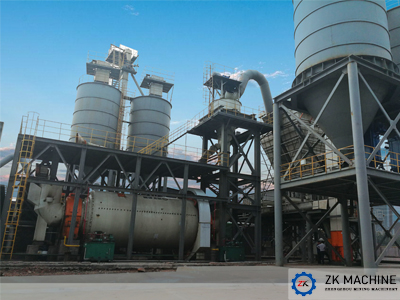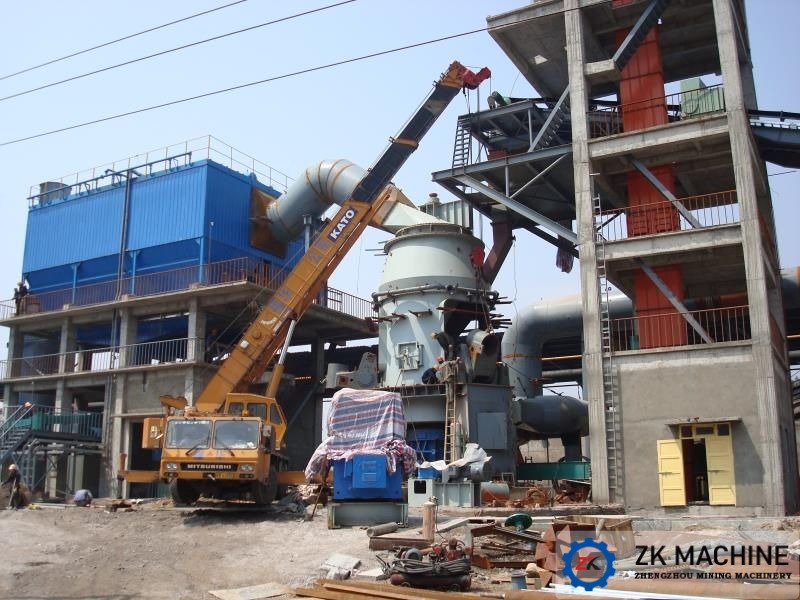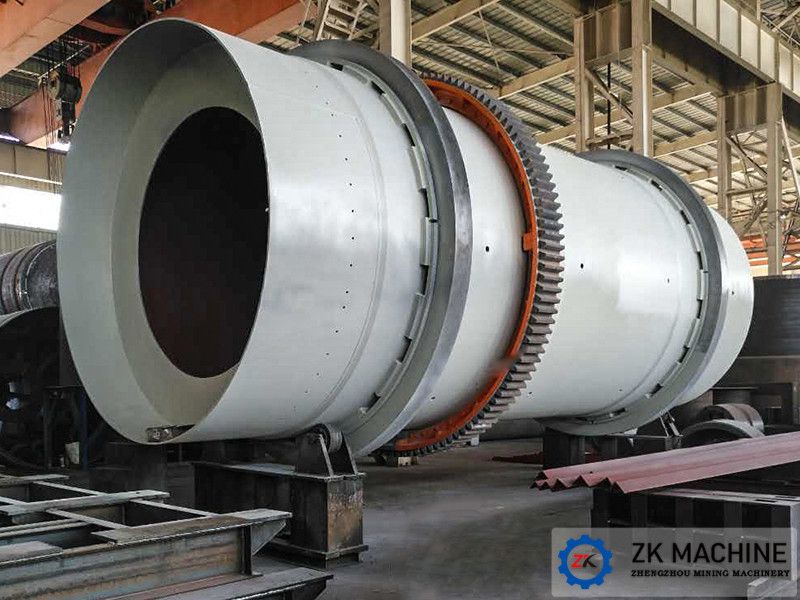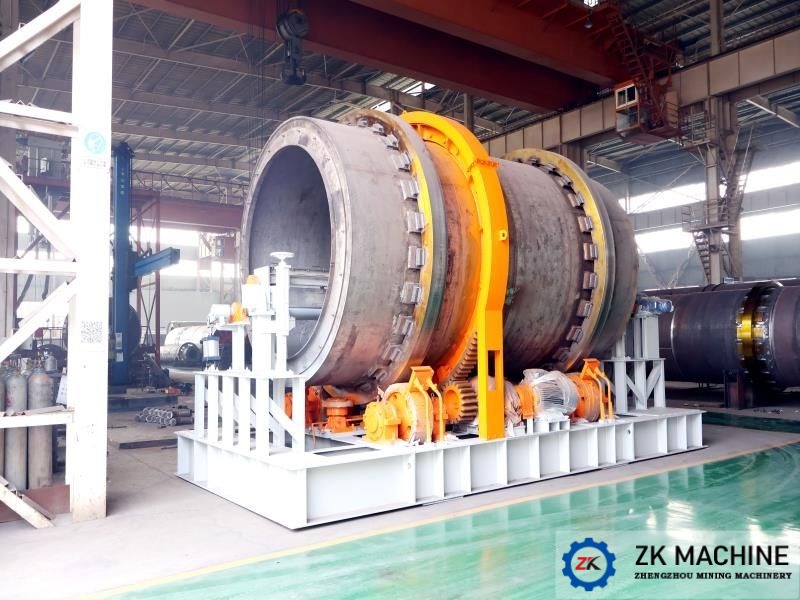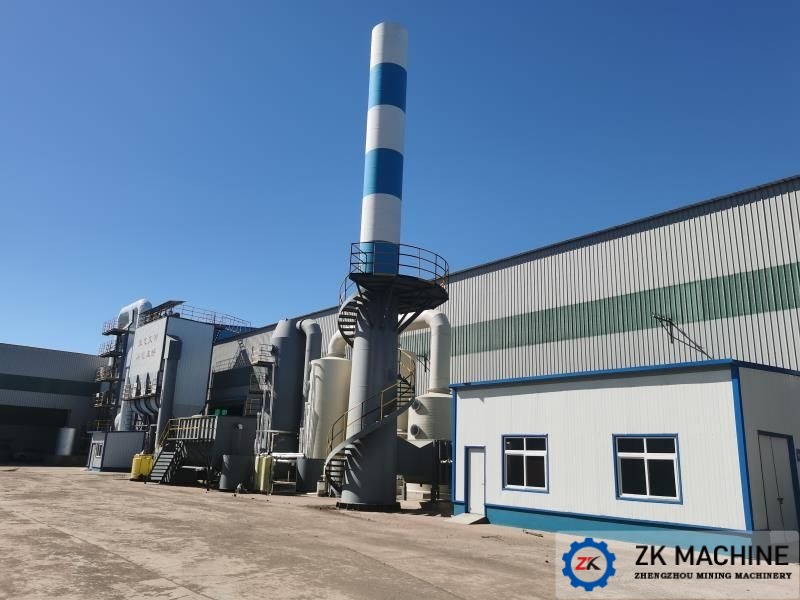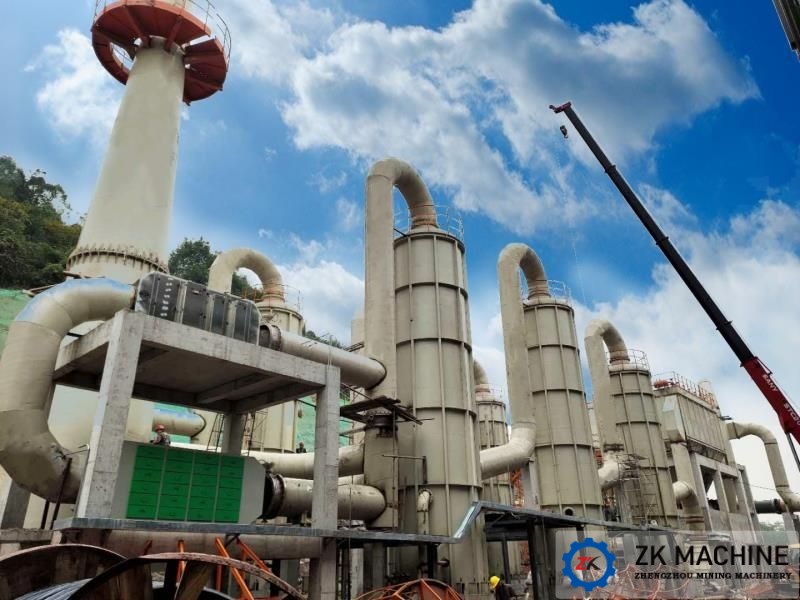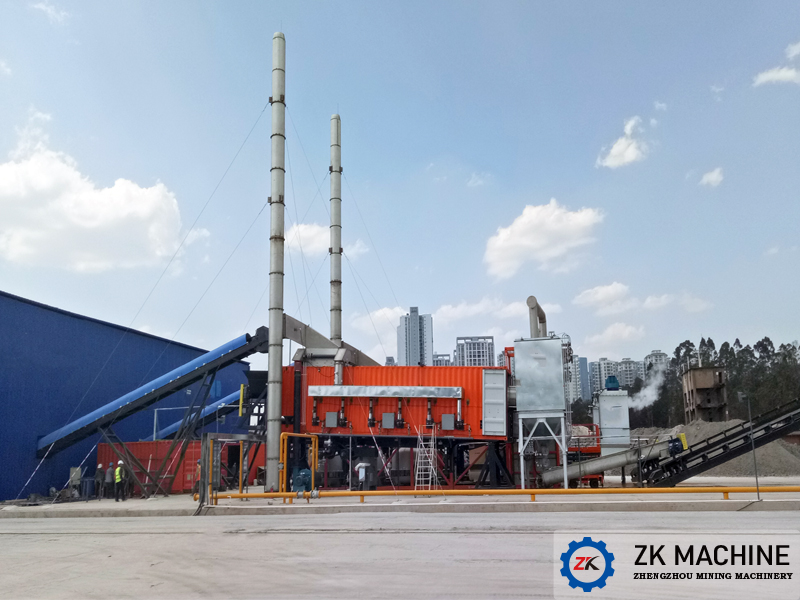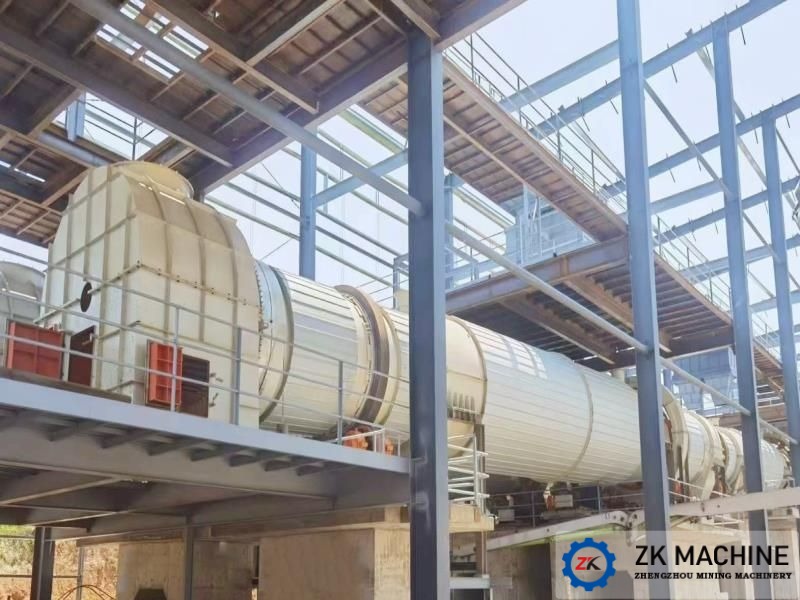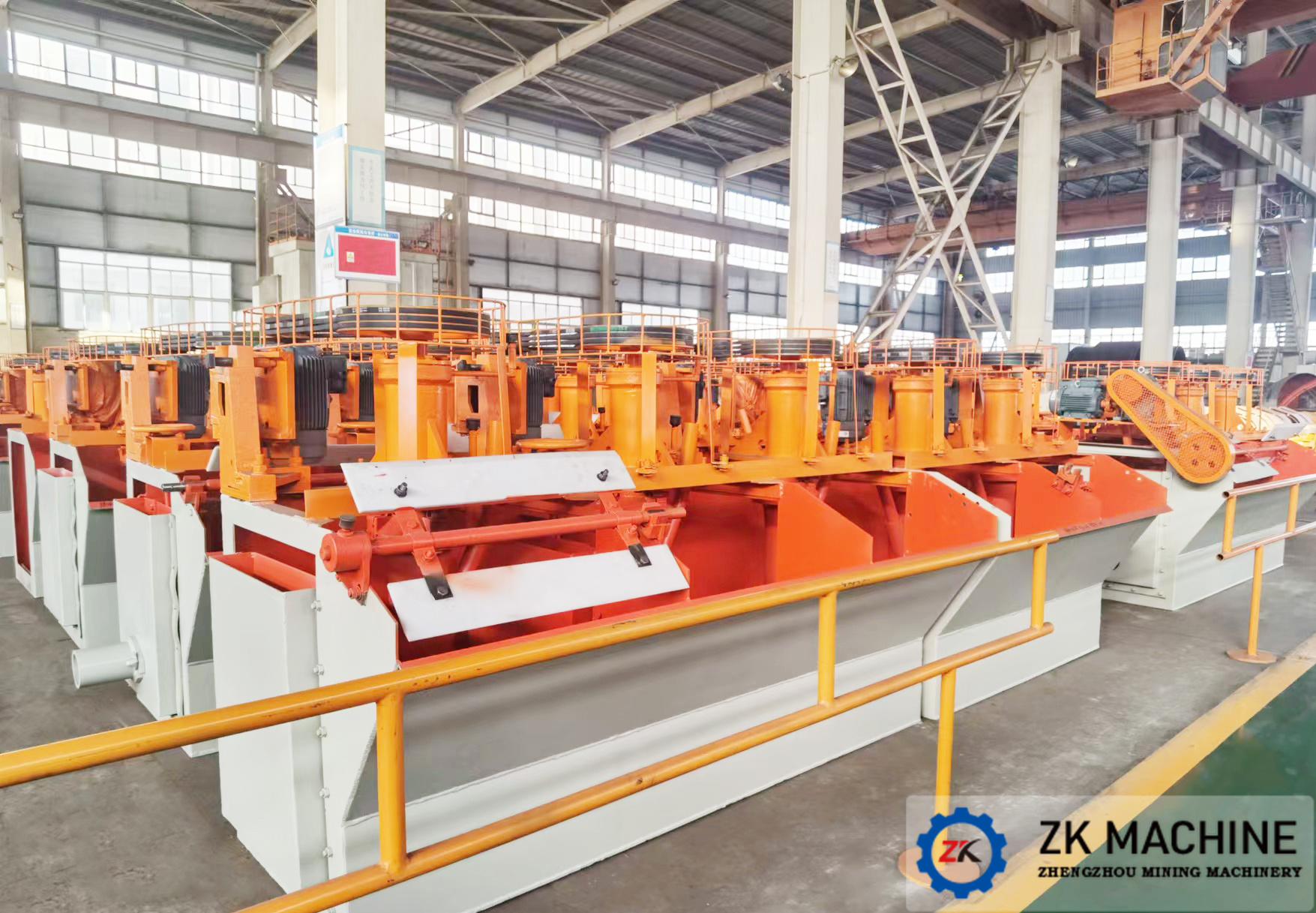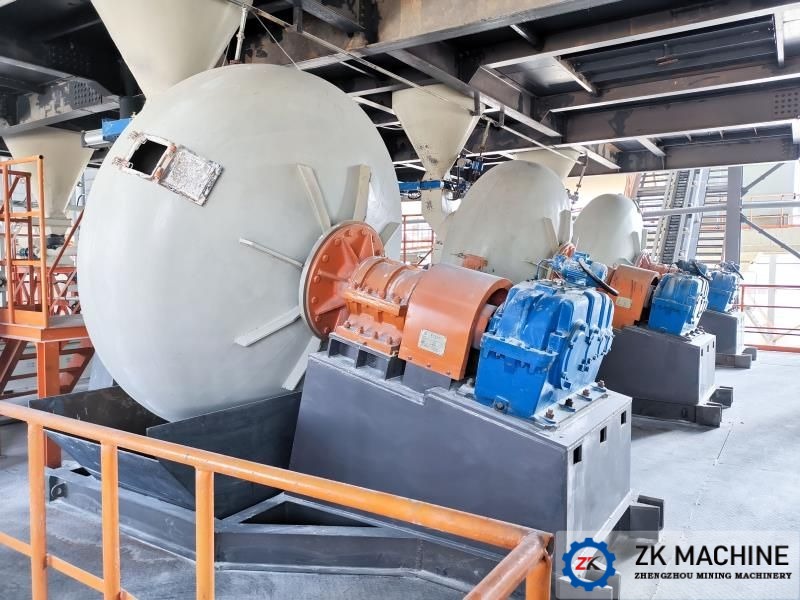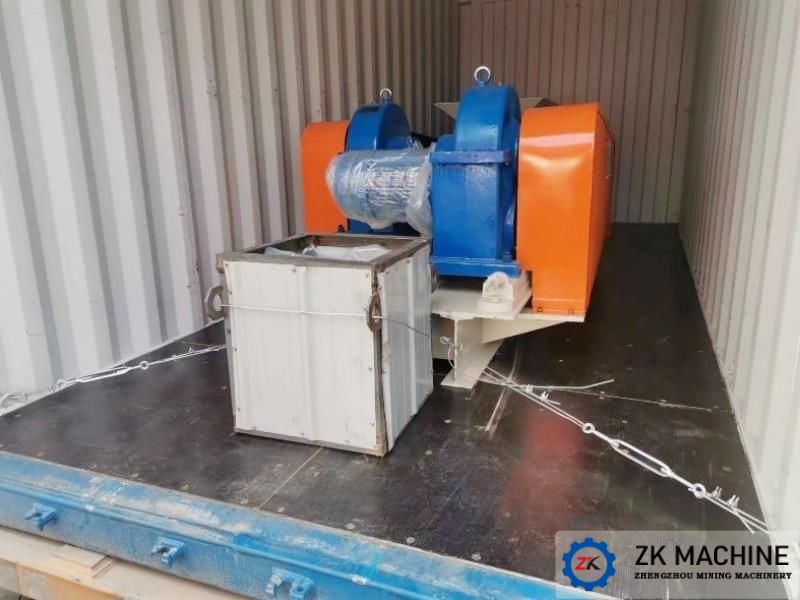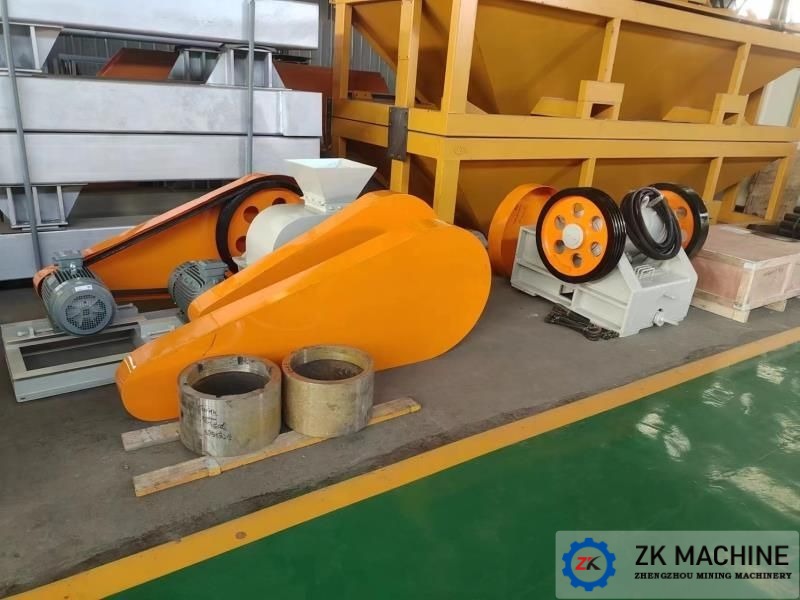Pelletizing Technology And Operation Points Of Ceramsite Disc Pelletizer
In order to produce ceramsite that meets the particle size requirements, the three spheroidizing elements of ceramsite disc pelletizer must be clear.
1、 Extrusion mechanism
Obtaining a uniform ball is the main goal of ball forming. Once the specification, model, angle and side height of the disc granulator are determined, the amount of material in the disc granulator is a constant. If you want to make the particle size of the finished product uniform, you must first ensure that the materials added to the disc granulator in each period of time should stay in the disc granulator for the same time. In order to ensure the same residence time of materials in the disc granulator, the newly added materials should be evenly and continuously squeezed out of the disc granulator.
2、 Delamination balling mechanism
The materials in the disc granulator have obvious stratification characteristics in the balling process. After the ball core of the pre water mixer enters the disc granulator, it moves along the parabola under the action of centrifugal force, friction and gravity in the disc granulator. Due to the cohesiveness and plasticity of materials, the ball cores bond with each other and grow gradually in the process of movement. When the parameters of the disc granulator, such as the inclination angle, high disc edge, rotating speed and moisture, are certain, the balls with different particle sizes leave the disc edge and roll downward according to different separation angles due to different gravity. The motion trace of a particle in the whole process of balling is an irregular spiral. The materials added into the disc granulator in different periods will form an approximately oval material layer. The material balls with different particle sizes are layered in the disc. The reasonable balling process should be that the ball core is in the lower layer, gradually upward, and the material ball is getting larger and larger. The size of the disc granulator is the target material ball size we require. In the process of continuous rolling, the water in the ball is continuously discharged out of the surface. Due to the cohesiveness of the material and the natural evaporation of the liquid film on the surface, the material ball has a certain strength, and then it is discharged from the edge of the disc with the rotation of the inclined disc body.
3、 Gradual enlargement mechanism
The particle size of the ball core entering the disc granulator will always increase and will not decrease during the rotation of the disc granulator. So far, no device has been found in the disc granulator that can break the large particle size ball. As long as the disc granulator operates, the particle size in the disc granulator will be larger than that in the disc granulator over a period of time, that is to say, the small particle core in the disc granulator will become a material ball in the disc granulator, If it is a large block, it will become larger in the disc granulator, so the quality after mixing will directly affect the balling quality.
After clarifying the above three balling elements, we should also find out how to control and adjust, and reasonably arrange the feeding point and scraper position of the balling disc according to the balling principle, which has a great relationship with the balling quality.
Firstly, the turning direction of the ball forming disc should be determined according to the general layout of the process. Once the turning direction of the ball forming disc is determined, there is only one scheme for the feeding point and the position of the scraper in the ball forming disc. For example, according to the extrusion principle, in order to obtain a uniform ball, the newly added material should evenly and continuously squeeze the material that has reached the ball forming disc out of the ball forming disc. Therefore, the materials added to the pelletizing plate must enter the lowest layer of the pelletizing plate to minimize the mixing with the existing materials of the pelletizing plate. If the feeding position is not correct, the layered balling mechanism will be disrupted, and the size of materials from the balling plate will be uneven.
The rotating speed, side height and angle of the ball forming disc must be debugged during operation, and the parameters provided by the equipment manufacturer are not necessarily appropriate. Generally, in a certain process link, these parameters can be determined through debugging.
Due to the strong relevance of the above factors, these parameters can be adjusted in place only through careful analysis of the causes of unqualified ball. The materials from the pelletizing tray have balls that meet the pelletizing quality requirements. We call them qualified balls, and all other materials are unqualified balls. The purpose of ball forming system adjustment is to eliminate unqualified balls through the adjustment of some parameters.
For example, a large ball is a kind of unqualified ball that often appears in all ball forming discs. Generally, the material ball with diameter greater than 20mm is called large material ball. If the ball forming disc is not cleaned in time, this kind of ball will form 200 ~ 300mm large balls. In some ball forming discs, these balls will form angular blocks due to corrosion. The large ball can not be used because it has a long rolling time in the ball forming disc and has a compact and hard structure after rolling and extrusion for many times.
The reason for the formation of large pellets is that the lumps or cakes in the pelletizing plate roll in the pelletizing plate for a long time. Take out the big ball, peel it off and observe the shape of the mother nucleus forming the big ball.
Once such a large ball is formed, it generally needs to be taken out manually or screened out through a screen and crushed to less than 20mm. The crushed blocks cannot be added to the balling plate. If added to the ball forming plate, more large balls will be formed.
